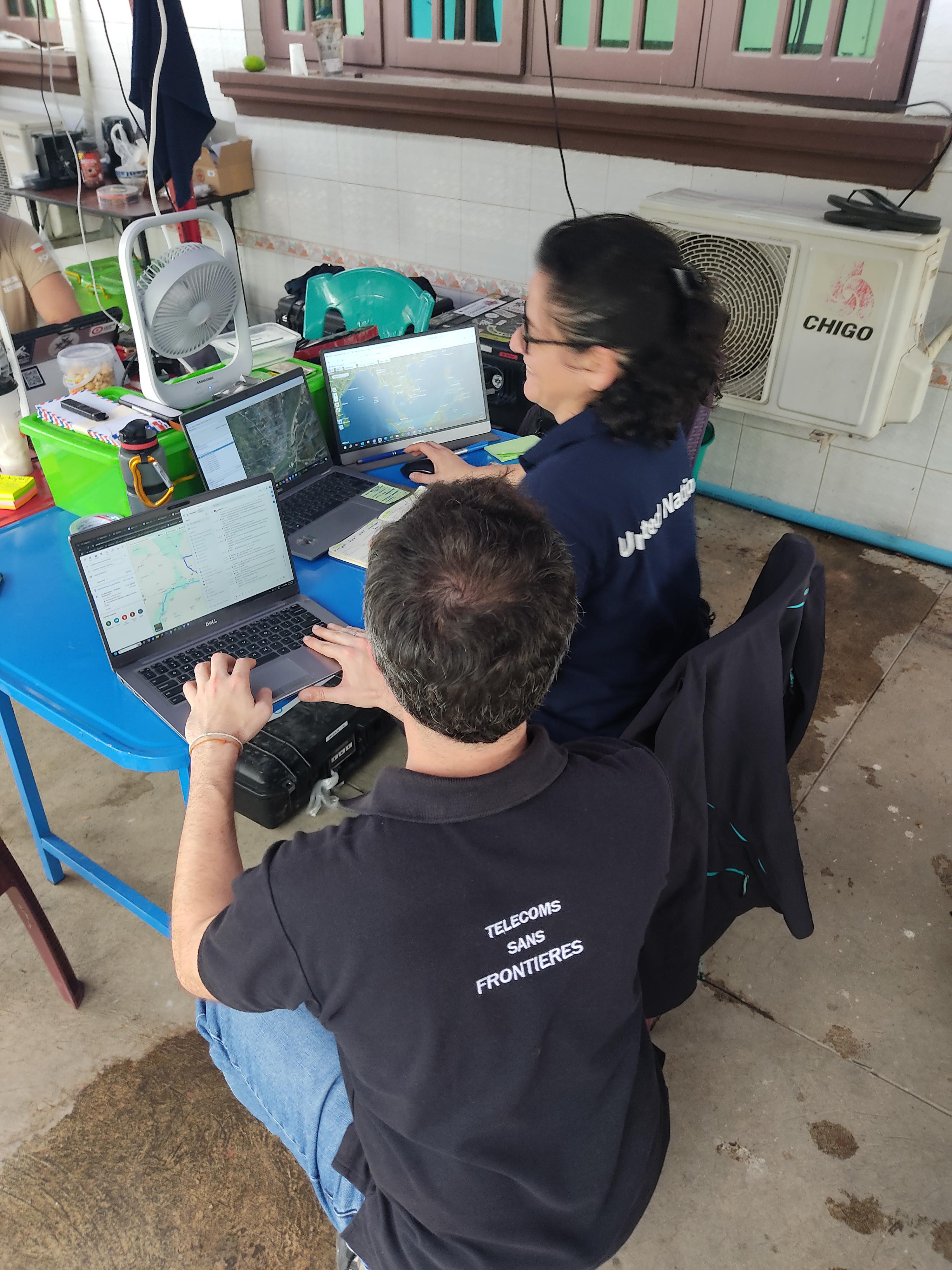Myanmar earthquake near Mandalay
Context
The earthquake’s epicenter was near Myanmar’s second-largest city, Mandalay, with a population of about 1.5 million people. More than 3,500 people have died and thousands are injured.
The earthquake also caused important damages to infrastructure, affecting communications. Strong tremors were felt in other countries, such as Thailand, where the earthquake caused casualties and damages.
TSF’s response
After deploying first to Thailand to be ready to enter Myanmar as soon as possible, TSF reached the country’s capital, Naypyidaw, before joining Mandalay, closest to the epicenter.
Comms are essential for coordinating relief and recovery operations after such an earthquake. TSF is mobilized to support coordination and response organizations with emergency communication means, both in Myanmar and remotely.
Providing technical expertise to humanitarian organizations
Since reaching the affected areas, TSF has been working with the United Nations’ Disaster Assessment and coordination (UNDAC) teams to support the assessment and coordination of the response by providing emergency communications expertise.
Supporting regional response
For several years, TSF has been involved in the South East Asia response mechanism in partnership with the ASEAN Coordinating Centre for Humanitarian Assistance on disaster management (AHA Centre), providing equipment and training. TSF worked with the AHA Centre as part of a Capacity Building project from 2021 to 2023 to enhance the ability of regional responders to recover emergency telecommunications when disasters strike.
TSF coordinated with the AHA Centre after the earthquake. They are also mobilized, backed up with TSF remote support.













